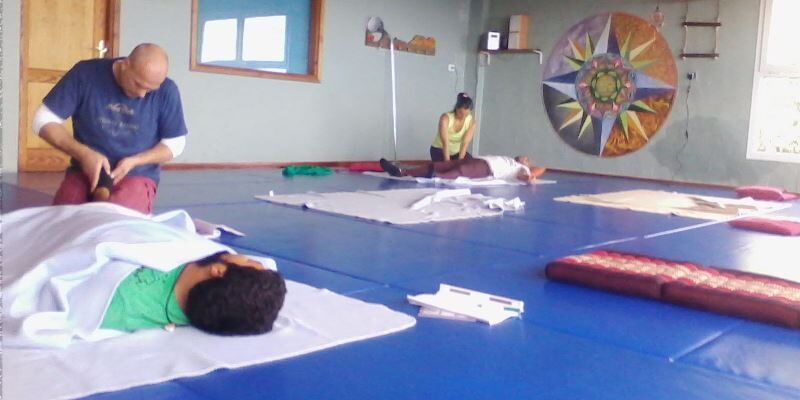
In the past, traditional massage and bodywork training was very different from what it is today. That is, one would typically sit “at the Master’s feet” for an indefinite period of time, which could be many years, before one could even think about teaching.

Practicing the art well and responsibly would be of primary importance. Actually teaching the art would follow or not, usually much later in one’s career, often being something that grew or emerged naturally as a result of certain inclinations or circumstances of the student.
Today, things are quite different. If you want to become an instructor it takes in many cases, and depending on the school or trainer, only one to three months. From scratch — that is, meaning even if one has had no massage or bodywork experience whatsoever before enrolling for the teacher training program.
Sure, in today’s fast-paced teacher training courses there’s almost always a component of practice and a supervision period, but I feel that to become a proficient trainer one first needs considerable amount of real work in the real world as a practitioner, which could take years.
There are no actual rules to that, it all depends, but it comes down to having had experience with all sorts of clients, that is, men, women, children, tall, thin, obese, ill, healthy, disabled, young, old, pregnant, and so on, and so on.
So, when we look at contemporary “teacher training factories” things become somewhat ambiguous. Highly condensed instructor training programs are not necessarily inadequate, often even the opposite, but what goes wrong is that it shouldn’t be allowed to produce a (certified) teacher in one to three months’ time if the student has (had) very little actual practitioner experience.

The attraction of those kinds of teacher training courses is obvious: known names, big names in the industry and because of that a sort of guarantee to make money after one has graduated as a “Certified Teacher.”
I think, however, that it’s not only the schools and trainers who fail here, but certainly also the students. Because in the end, students should take up their own responsibility, that is, first become proficient in the modality they will teach before starting to teach or even start to train to becoming a teacher.
It means, in my opinion, that teaching massage or any other bodywork modality can only be done responsibly by very experienced therapists and practitioners, and should be accompanied with plenty accounts of real-life treatment and practice experiences. That can’t possibly be done after one to three months of training from scratch.
Only plenty of experience can make an instructor’s teachings valuable, authentic, flexible, accountable, and authoritative. Just dry theory and set sequences will not do the job — it produces rigid, limited, single and narrow-minded practitioners, therapists, and teachers.


















